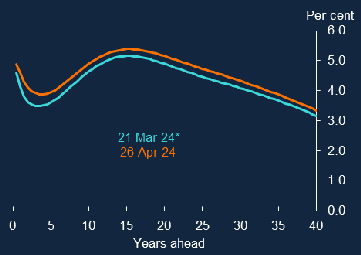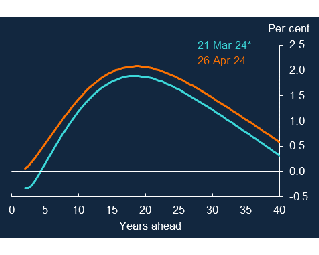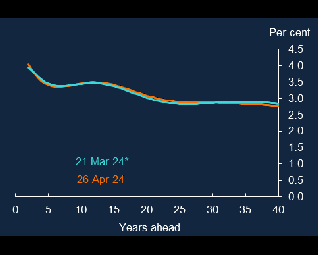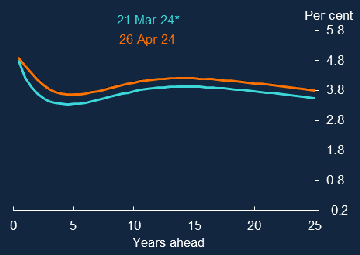Yes, revisions will reflect changes in the inclusion of data on different instruments in the underlying calculations. For example, UK real yield data were reviewed in 2017 and data were revised. In that case, the estimation procedure was changed (moving to estimation based on real prices rather than nominal prices) for recent data. See below for more detail.
Here we provide more background information relating to the revision, in 2017, of UK real yield estimates published on the Bank of England website. (Data for 2017 were revised in July 2017; data for 2015 and 2016 in October 2017. In both cases the same type of revision was made; it is described below.)
- The UK inflation-linked government bond (ILGB) market comprises two types of inflation-linked bond, “old-style” and “new-style”, both linked to the UK Retail Price Index (RPI).
- The “new-style” ILGBs are linked to inflation with a three-month lag and use interpolated price index levels; the lag in “old-style” ILGBs is eight months and no interpolation is made.
- When trades in each type of bond are settled, both accrued interest and accrued inflation are factored into the settlement price. But for trading purposes the convention used for prices and yields is not uniform and varies according to the type of the bond.
- The composition of the market in terms of the two types of bond has changed over time. It is dominated now by the “new-style” type.
Reflecting this, the 2017 revision of the real yield estimates corresponds to a switch of the price convention used in the fitting procedure from that characteristic of the “old-style” instrument to that of the “new-style” instrument1. Prices of both types of bond continue to be used as inputs in the fitting procedure.
1 In detail, new-style ILGB prices are quoted in “real, clean” (RC) terms: quoted prices include neither accrued interest nor accrued inflation; old-style ILGB prices are quoted in “nominal, clean” (NC) terms: accrued inflation is included but accrued interest is not. (For the respective yield calculations a formula is used, which is set by the Debt Management Office (DMO) and which varies according to the type of the ILGB, and accrued interest is added to the quoted price, which varies according to the type of the ILGB.)




